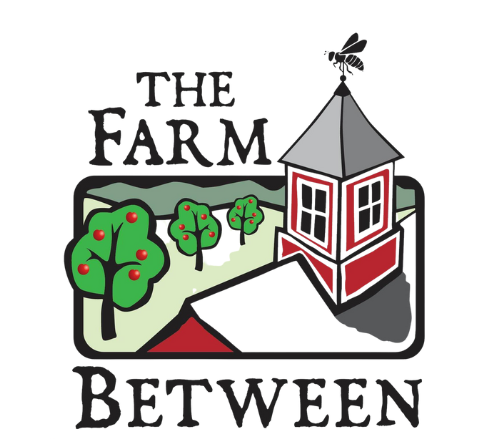Plum Tree Planting & Care
Native American plums grow in the wild, and produce smaller, more astringent fruit than their cultivated counterparts. The fruit is excellent in jams, jellies and preserves. The plants, which produce an abundance of fragrant, white blossoms in early spring, are a great low-maintenance addition to the landscape, providing nectar and habitat for insects, birds and wildlife. Hybrid varieties are a cross of American and Japanese plums, and offer many of the same benefits, plus larger, sweeter fruit that is more suitable for fresh eating.
Size, Spacing, and Bearing Age: Plum trees can grow up to 20-25 feet tall, and tend to have a thicket-like growth habit. Because of that, they make a nice hedge or border, but if planted in a garden or orchard make sure to leave plenty of space for mowing around them, as they will send up suckers. Space as close as 10 feet for a hedge, or 20 feet for more of an orchard (allowing some branches to mingle with those of neighboring trees may help with pollination). Plum trees bear early, so you can expect to get fruit within 3-5 years of planting.
Pollination: Plum trees require a second variety for pollination. American plum seedlings make an excellent pollinator for hybrid varieties. If planting only American plums, make sure they are seedlings, as opposed to suckers from the same tree.
Soil & Site Selection: Plum trees prefer well-drained, loamy soil and full sun (or part shade for American plums) with a pH of 6.0-6.8. Like all stone fruits, plum trees tend to bloom early and thus are vulnerable to late frosts, so plant them where there is good air drainage (on a slope, not in a low spot) or where they might otherwise be protected from frost (i.e. near a body of water or building). A north-facing slope may be advantageous in this regard, as it will delay flowering. Don’t worry if you don’t have the perfect conditions, as most soils can be amended, but do avoid poorly drained areas and frost pockets. Because they require regular watering throughout the first growing season, make sure to site them where you have easy access.
Planting: See Planting Guide and Bare Root Planting for instructions.
Pruning: Other than removing dead, damaged, or crowded branches, you will want to avoid pruning your trees until they begin bearing. If growing them as a hedge or for wildlife, they can largely be left alone, but if growing them for fruit they will require annual pruning, as they are quite vigorous. First, prune out any suckers that are growing from the base. Next, prune out any weak or low-growing branches that are being shaded out. Stone fruit trees are best pruned to an open center for maximum sunlight and airflow throughout, so thin any excess branches in the center, or any that are growing in toward center, and remove branches that are crossing or crowding others. Beware: Plum trees are thorny, and tend to grab onto hair and clothing!
Pests & Diseases: The animal pests that can do the most damage to young plum trees are deer and voles. Keeping weeds and mulch away from the trunk will help discourage rodents. A 5-6’ wire cage around each tree will discourage deer, and hardware cloth or a plastic tree guard will prevent voles from girdling the trees. The insect pest most likely to damage plum trees are Japanese Beetles. The best prevention is to regularly hand pick them into a container of soapy water, or else plant a “trap crop” away from the desired tree. (They are particularly fond of other stone fruits, roses, and raspberries.)
Stone fruits are particularly susceptible to sunscald or Southwest injury that occurs in the winter when warm daytime temperatures are followed by freezing temperatures, causing the bark to split. It can be prevented by using a white plastic tree guard during the winter months, but be sure to remove it during the growing season as it can cause moisture to build up on the trunk.
Brown rot is a fungal disease that affects the fruit of plum trees. This can be mitigated by pruning excess growth to allow air flow throughout the tree, and picking up any drops (or smothering them with compost and/or mulch) in the fall. Some wild Prunus species can harbor the fungal disease black knot, which affects the branches and trunks of plum trees, but American plums and hybrid varieties do not seem to be as susceptible as European plums.
